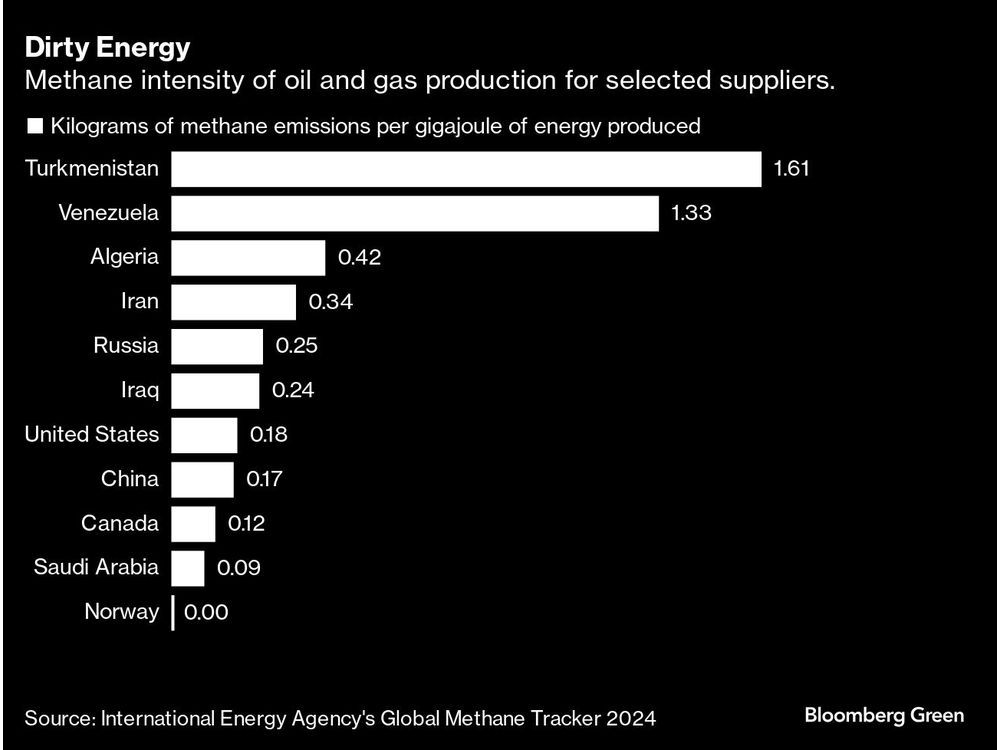Follow us on LinkedIn
An asset’s selling price represents the proceeds a company can expect from selling it. However, it may not always be what the company estimates. Therefore, companies may calculate the net realizable value, which is relevant in accounting. It mainly applies in two areas, inventory, and accounts receivable.
What is the Net Realizable Value?
Net Realizable Value (NRV) in accounting represents the estimated selling price of an asset, less any costs associated with its sale or disposal. It is prevalent in two areas, inventory, and accounts receivable. NRV provides a realistic assessment of the value of assets, considering factors that may affect their final selling price or collection amount. It is a crucial concept for accurate financial reporting and decision-making within a business.
In the case of inventory, the NRV represents the amount a company expects to receive from selling its stock, considering factors such as market conditions, obsolescence, and damage. Companies can calculate the amount by subtracting anticipated costs, such as transportation, storage, and marketing expenses, from the estimated selling price.
In the case of accounts receivable, the NRV is the amount a company expects to collect from its customers. It accounts for potential allowances for doubtful accounts, which reflect the portion of receivables that may not get collected. In this case, companies can calculate the NRV by subtracting the estimated uncollectible amount from the total accounts receivable.
How to calculate the Net Realizable Value?
The calculation for the net realizable value may differ based on the asset under consideration. The formula for NRV for both cases is as follows.
Inventory
The formula for the net realizable value of inventory is as follows.
Net realizable value = Estimated selling price – Estimated costs to complete – Estimated costs to sell
In this case, the estimated selling price comes from market conditions, demand, and other factors. Estimated costs to complete are expenses required to bring the inventory to a saleable condition. Lastly, estimated costs to sell are the expenses of selling the stock.
Accounts Receivable
The accounts receivable net realizable value formula is as below.
Net realizable value = Total accounts receivable – Estimated allowance for doubtful accounts
Total accounts receivable represents the amount owed to the company by its customers. Estimated allowance for doubtful accounts estimates the portion of accounts receivable not deemed collectible due to factors such as customer defaults, bankruptcy, or other credit risks.
Example
A company, Red Co., sells electronics. The company had a current inventory with an estimated selling price of $100,000. The estimated completion costs are $10,000, while the selling costs are $20,000. Based on these amounts, the net realizable value of Red Co.’s inventory is as follows.
Net realizable value = Estimated selling price – Estimated costs to complete – Estimated costs to sell
Net realizable value = $100,000 – $10,000 – $20,000
Net realizable value = $70,000
Similarly, the company makes most of its sales on credit. Currently, Red Co. has accounts receivables of $500,000. However, the estimated allowance is 10% of this balance amounting to $50,000 ($500,000 x 10%). Based on these, the net realizable value of Red Co.’s accounts receivable is as follows.
Net realizable value = Total accounts receivable – Estimated allowance for doubtful accounts
Net realizable value = $500,000 – $50,000
Net realizable value = $450,000
Conclusion
Net realizable value is an accounting term representing the actual proceeds a company can expect from its assets. It accounts for any estimated costs that can reduce the selling price. Typically, companies calculate the net realizable value for two assets, inventory and accounts receivable. In both cases, the formula for NRV considers different factors.
Further questions
What's your question? Ask it in the discussion forum
Have an answer to the questions below? Post it here or in the forum

Satellite observations show the amount of gas burned at Turkmenistan’s Gates of Hell crater have fallen roughly 50% since August, according to a new analysis.



